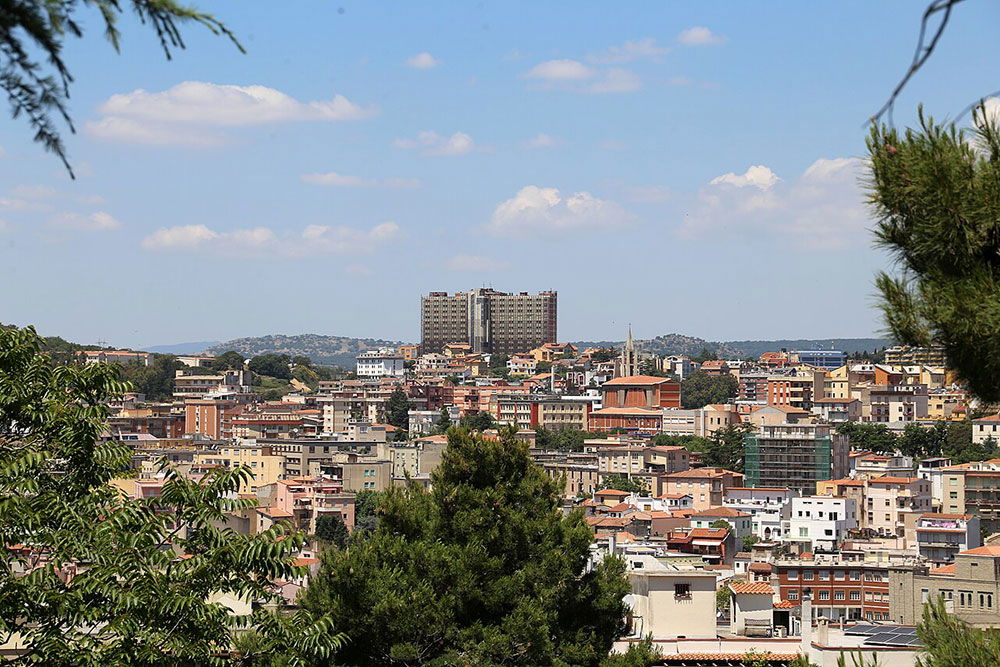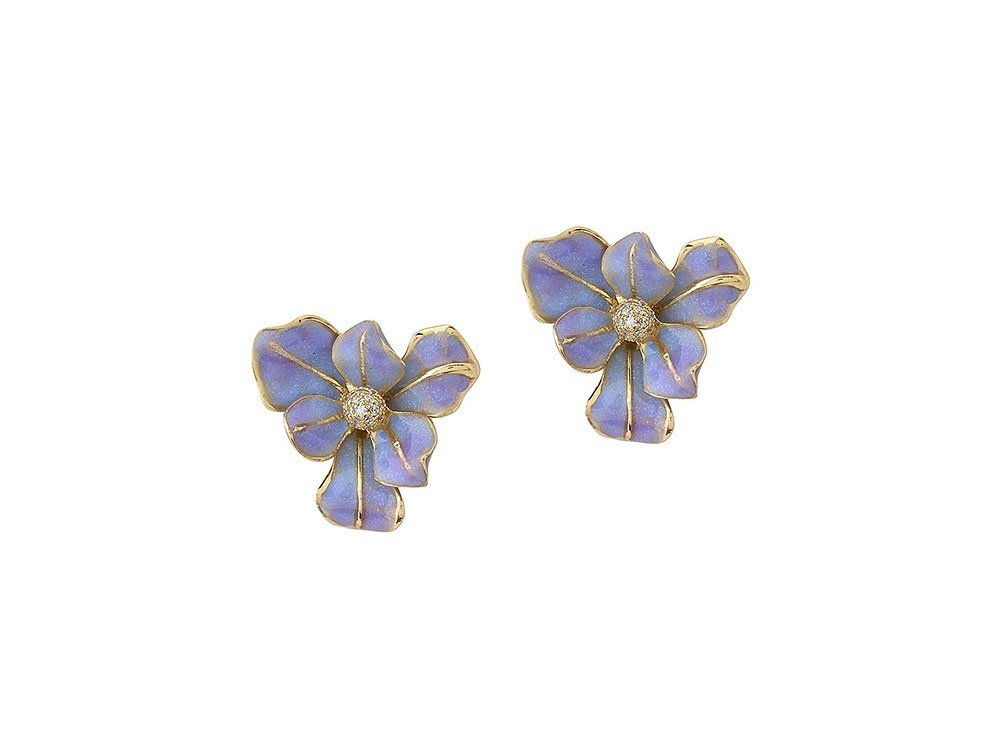
Tucked away in the rugged heart of Sardinia, Nuoro is a city where traditions remain alive, art and literature flourish, and nature commands breathtaking beauty. Far from the tourist-cluttered coasts, Nuoro invites visitors to explore the island’s inner soul, where the ancient rhythms of Sardinian life still pulse through cobbled streets, mountain trails, and village festivals.
Often called the "Athens of Sardinia" for its cultural importance, Nuoro is the birthplace of famous writers, artists, and thinkers who have shaped Sardinia’s modern identity. This small city offers an unforgettable blend of history, creativity, and untouched landscapes.
Nuoro's roots run deep. Archaeological evidence shows the area has been inhabited since the Nuragic era, around 1500 BC, and throughout history, it has remained an important center for the island’s interior communities.
Today, Nuoro remains a guardian of Sardinian language, folklore, and customs. Walking its streets, you’ll sense a deep connection to ancient traditions that still influence everyday life.
A must-visit is the Museo della Vita e delle Tradizioni Popolari Sarde (Museum of Sardinian Life and Popular Traditions). This fascinating museum offers a deep dive into Sardinian culture, showcasing traditional costumes, jewelry, masks from ancient Carnival rites, and everyday tools of rural life.
Nearby, the Museo Nazionale di Archeologia displays artifacts from the prehistoric Nuragic civilization through to Roman and medieval times, providing insight into the island’s layered history.
Nuoro’s cultural prestige is deeply tied to its literary heritage. It is the birthplace of Grazia Deledda, the first Italian woman to win the Nobel Prize for Literature (1926). Her novels, rich with Sardinian themes and landscapes, have immortalized the island’s spirit.
You can visit the Casa Natale di Grazia Deledda, the writer’s restored childhood home, which offers a moving glimpse into her life and works. For those inspired by her legacy, a walk through the narrow alleys of the old town feels like stepping into one of her poignant, vividly described stories.
Nuoro also honors its creative traditions through the MAN - Museo d’Arte della Provincia di Nuoro, a dynamic contemporary art museum showcasing works by Sardinian and Italian artists.
Nuoro hosts some of Sardinia’s most fascinating festivals, where visitors can witness ancient customs come alive.
The most important is Redentore Festival in late August, a spectacular event celebrating Sardinian identity and Catholic faith. Hundreds of people, dressed in traditional attire from villages across Sardinia, participate in colorful processions, culminating at the monumental statue of Christ the Redeemer atop Monte Ortobene.
Throughout the festival, the city bursts into life with folk dances, music, and religious ceremonies, an unforgettable immersion into Sardinia’s enduring traditions.
Nature lovers will find Nuoro an excellent base for exploring Sardinia’s rugged interior. Dominating the landscape is Monte Ortobene, a granite massif just a few kilometers from the city center. Its forested slopes and panoramic viewpoints offer hiking, biking, and a peaceful escape into nature.
At the summit, the Statue of the Redeemer (Statua del Redentore) stands as a symbol of Nuoro’s spiritual heart, offering sweeping views over the Gennargentu Mountains and beyond.
For more adventurous excursions, the Supramonte mountain range lies to the east, a dramatic landscape of limestone cliffs, canyons, and ancient caves. Here, you can explore Tiscali, a prehistoric Nuragic village hidden inside a collapsed mountain, accessible only by foot through a rugged but spectacular trail.
Nuoro’s cuisine reflects its mountainous roots: hearty, flavorful, and deeply tied to the land.
Local specialties include pane carasau (thin, crisp flatbread), culurgiones (pasta filled with potato, mint, and pecorino cheese), and succulent roasted meats such as porceddu (suckling pig). The area's cheeses, especially pecorino sardo, are prized for their intense, rustic flavor.
A traditional meal might end with sebadas (cheese-filled pastries drizzled with honey) and a glass of filu e ferru, Sardinia’s potent grappa-like spirit, known for its fiery kick.
Nuoro offers an experience unlike any other part of Sardinia. Here, you won't find glamorous beach resorts or trendy tourist bars. Instead, you’ll encounter an authentic Sardinian way of life, rooted in tradition, surrounded by breathtaking natural beauty, and nurtured by a profound love for culture and art.
Whether you are drawn by history, moved by literature, excited by hiking through wild mountains, or intrigued by ancient traditions, Nuoro invites you to discover the deep and enduring soul of Sardinia.

More Details



